Capital One 2012 Annual Report Download - page 168
Download and view the complete annual report
Please find page 168 of the 2012 Capital One annual report below. You can navigate through the pages in the report by either clicking on the pages listed below, or by using the keyword search tool below to find specific information within the annual report.-
 1
1 -
 2
2 -
 3
3 -
 4
4 -
 5
5 -
 6
6 -
 7
7 -
 8
8 -
 9
9 -
 10
10 -
 11
11 -
 12
12 -
 13
13 -
 14
14 -
 15
15 -
 16
16 -
 17
17 -
 18
18 -
 19
19 -
 20
20 -
 21
21 -
 22
22 -
 23
23 -
 24
24 -
 25
25 -
 26
26 -
 27
27 -
 28
28 -
 29
29 -
 30
30 -
 31
31 -
 32
32 -
 33
33 -
 34
34 -
 35
35 -
 36
36 -
 37
37 -
 38
38 -
 39
39 -
 40
40 -
 41
41 -
 42
42 -
 43
43 -
 44
44 -
 45
45 -
 46
46 -
 47
47 -
 48
48 -
 49
49 -
 50
50 -
 51
51 -
 52
52 -
 53
53 -
 54
54 -
 55
55 -
 56
56 -
 57
57 -
 58
58 -
 59
59 -
 60
60 -
 61
61 -
 62
62 -
 63
63 -
 64
64 -
 65
65 -
 66
66 -
 67
67 -
 68
68 -
 69
69 -
 70
70 -
 71
71 -
 72
72 -
 73
73 -
 74
74 -
 75
75 -
 76
76 -
 77
77 -
 78
78 -
 79
79 -
 80
80 -
 81
81 -
 82
82 -
 83
83 -
 84
84 -
 85
85 -
 86
86 -
 87
87 -
 88
88 -
 89
89 -
 90
90 -
 91
91 -
 92
92 -
 93
93 -
 94
94 -
 95
95 -
 96
96 -
 97
97 -
 98
98 -
 99
99 -
 100
100 -
 101
101 -
 102
102 -
 103
103 -
 104
104 -
 105
105 -
 106
106 -
 107
107 -
 108
108 -
 109
109 -
 110
110 -
 111
111 -
 112
112 -
 113
113 -
 114
114 -
 115
115 -
 116
116 -
 117
117 -
 118
118 -
 119
119 -
 120
120 -
 121
121 -
 122
122 -
 123
123 -
 124
124 -
 125
125 -
 126
126 -
 127
127 -
 128
128 -
 129
129 -
 130
130 -
 131
131 -
 132
132 -
 133
133 -
 134
134 -
 135
135 -
 136
136 -
 137
137 -
 138
138 -
 139
139 -
 140
140 -
 141
141 -
 142
142 -
 143
143 -
 144
144 -
 145
145 -
 146
146 -
 147
147 -
 148
148 -
 149
149 -
 150
150 -
 151
151 -
 152
152 -
 153
153 -
 154
154 -
 155
155 -
 156
156 -
 157
157 -
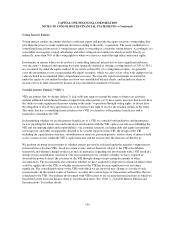 158
158 -
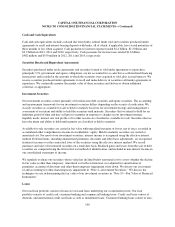 159
159 -
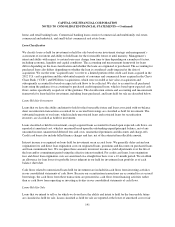 160
160 -
 161
161 -
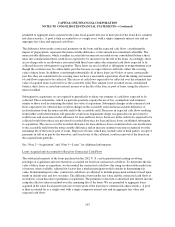 162
162 -
 163
163 -
 164
164 -
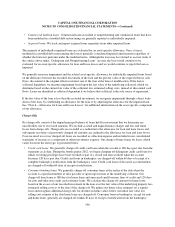 165
165 -
 166
166 -
 167
167 -
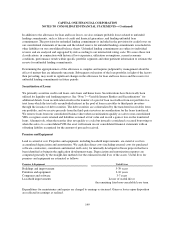 168
168 -
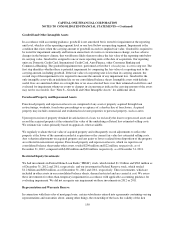 169
169 -
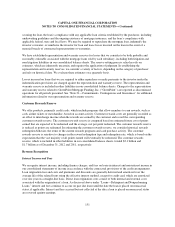 170
170 -
 171
171 -
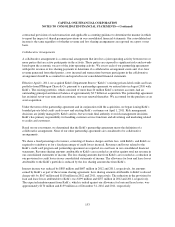 172
172 -
 173
173 -
 174
174 -
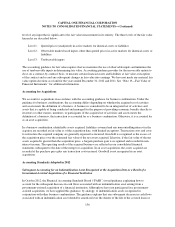 175
175 -
 176
176 -
 177
177 -
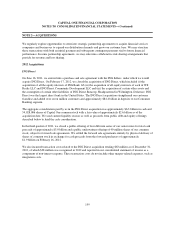 178
178 -
 179
179 -
 180
180 -
 181
181 -
 182
182 -
 183
183 -
 184
184 -
 185
185 -
 186
186 -
 187
187 -
 188
188 -
 189
189 -
 190
190 -
 191
191 -
 192
192 -
 193
193 -
 194
194 -
 195
195 -
 196
196 -
 197
197 -
 198
198 -
 199
199 -
 200
200 -
 201
201 -
 202
202 -
 203
203 -
 204
204 -
 205
205 -
 206
206 -
 207
207 -
 208
208 -
 209
209 -
 210
210 -
 211
211 -
 212
212 -
 213
213 -
 214
214 -
 215
215 -
 216
216 -
 217
217 -
 218
218 -
 219
219 -
 220
220 -
 221
221 -
 222
222 -
 223
223 -
 224
224 -
 225
225 -
 226
226 -
 227
227 -
 228
228 -
 229
229 -
 230
230 -
 231
231 -
 232
232 -
 233
233 -
 234
234 -
 235
235 -
 236
236 -
 237
237 -
 238
238 -
 239
239 -
 240
240 -
 241
241 -
 242
242 -
 243
243 -
 244
244 -
 245
245 -
 246
246 -
 247
247 -
 248
248 -
 249
249 -
 250
250 -
 251
251 -
 252
252 -
 253
253 -
 254
254 -
 255
255 -
 256
256 -
 257
257 -
 258
258 -
 259
259 -
 260
260 -
 261
261 -
 262
262 -
 263
263 -
 264
264 -
 265
265 -
 266
266 -
 267
267 -
 268
268 -
 269
269 -
 270
270 -
 271
271 -
 272
272 -
 273
273 -
 274
274 -
 275
275 -
 276
276 -
 277
277 -
 278
278 -
 279
279 -
 280
280 -
 281
281 -
 282
282 -
 283
283 -
 284
284 -
 285
285 -
 286
286 -
 287
287 -
 288
288 -
 289
289 -
 290
290 -
 291
291 -
 292
292 -
 293
293 -
 294
294 -
 295
295 -
 296
296 -
 297
297 -
 298
298 -
 299
299 -
 300
300 -
 301
301 -
 302
302 -
 303
303 -
 304
304 -
 305
305 -
 306
306 -
 307
307 -
 308
308 -
 309
309 -
 310
310 -
 311
311
 |
 |

CAPITAL ONE FINANCIAL CORPORATION
NOTES TO CONSOLIDATED FINANCIAL STATEMENTS—(Continued)
In addition to the allowance for loan and lease losses, we also estimate probable losses related to unfunded
lending commitments, such as letters of credit and financial guarantees, and binding unfunded loan
commitments. The provision for unfunded lending commitments is included in the provision for credit losses on
our consolidated statements of income and the related reserve for unfunded lending commitments is included in
other liabilities on our consolidated balance sheets. Unfunded lending commitments are subject to individual
reviews and are analyzed and segregated by risk according to our internal risk rating scale. We assess these risk
classifications, in conjunction with historical loss experience, utilization assumptions, current economic
conditions, performance trends within specific portfolio segments and other pertinent information to estimate the
reserve for unfunded lending commitments.
Determining the appropriateness of the allowance is complex and requires judgment by management about the
effect of matters that are inherently uncertain. Subsequent evaluations of the loan portfolio, in light of the factors
then prevailing, may result in significant changes in the allowance for loan and lease losses and the reserve for
unfunded lending commitments in future periods.
Securitization of Loans
We primarily securitize credit card loans, auto loans and home loans. Securitizations have historically been
utilized for liquidity and funding purposes. See “Note 7—Variable Interest Entities and Securitizations” for
additional details. Loan securitization involves the transfer of a pool of loan receivables from our portfolio to a
trust from which the trust sells an undivided interest in the pool of loan receivables to third-party investors
through the issuance of debt securities. The debt securities are collateralized by the transferred receivables from
our portfolio, and we receive proceeds from the third-party investors in consideration for the loans transferred.
We remove loans from our consolidated balance sheet when securitizations qualify as sales to non-consolidated
VIEs, recognize assets retained and liabilities assumed at fair value and record a gain or loss on the transferred
loans. Alternatively, when the transfer does not qualify as a sale but instead is considered a secured borrowing or
when the sale is to a consolidated VIE, the asset will remain on our consolidated financial statements with an
offsetting liability recognized for the amount of proceeds received.
Premises and Equipment
Land is carried at cost. Properties and equipment, including leasehold improvements, are stated at cost less
accumulated depreciation and amortization. We capitalize direct costs (including external costs for purchased
software, contractors, consultants and internal staff costs) for internally developed software projects that have
been identified as being in the application development stage. Depreciation and amortization expenses are
computed generally by the straight-line method over the estimated useful lives of the assets. Useful lives for
premises and equipment are estimated as follows:
Premises & Equipment Useful Lives
Buildings and improvement 5-39 years
Furniture and equipment 3-10 years
Computers and software 3-7 years
Leasehold improvements Lesser of useful life or
the remaining fixed non-cancelable lease term
Expenditures for maintenance and repairs are charged to earnings as incurred. Gains or losses upon disposition
are reflected in earnings as realized.
149
